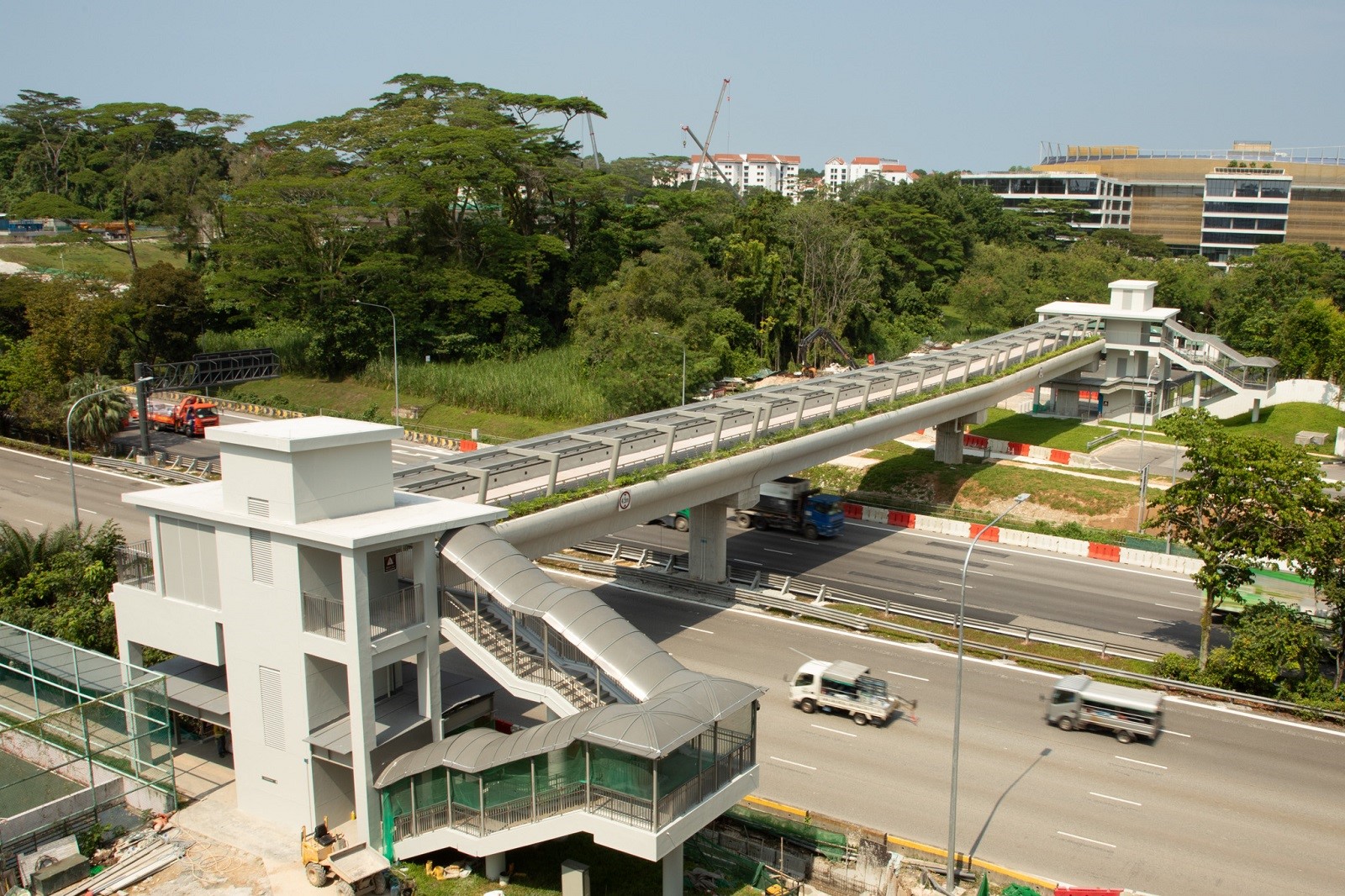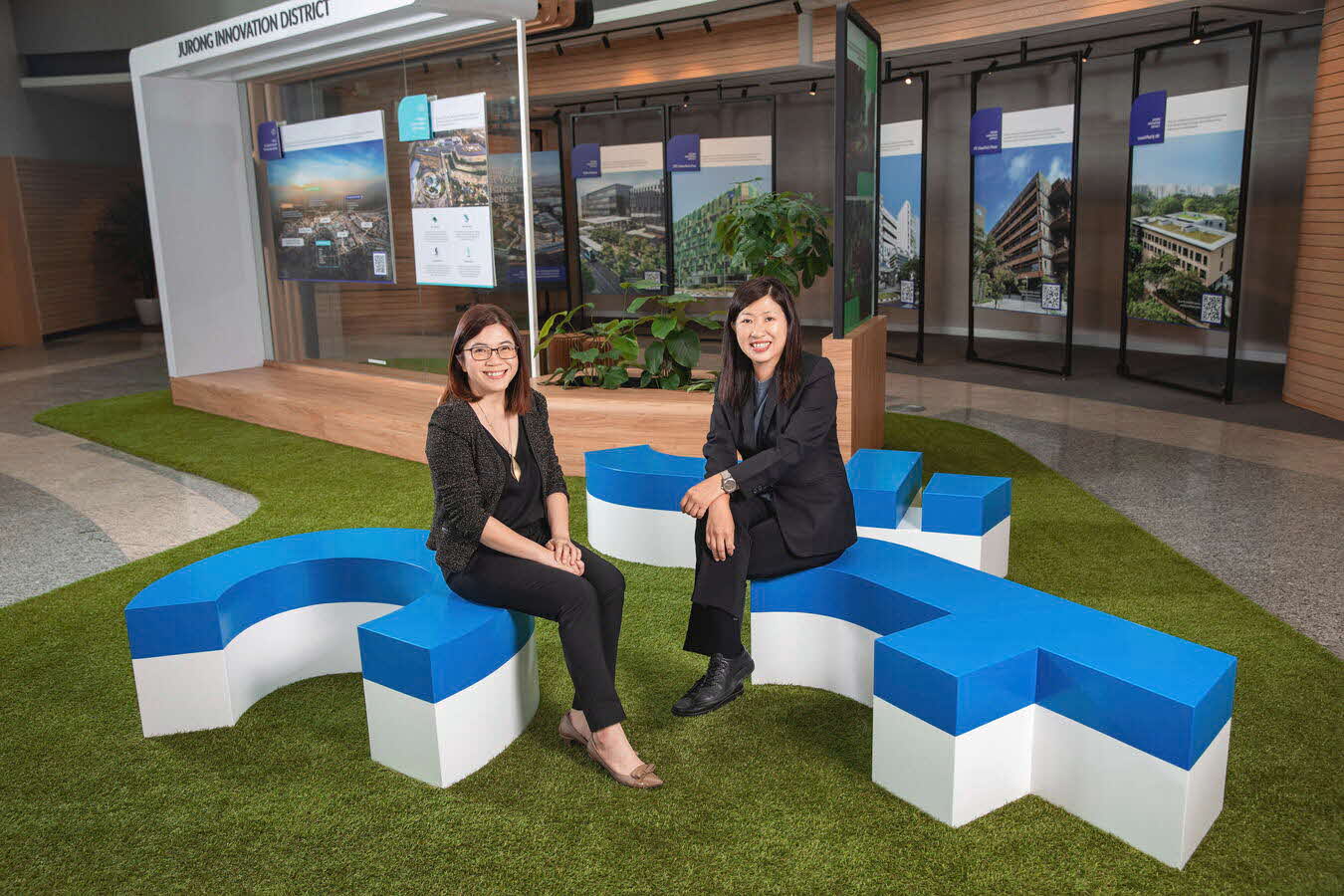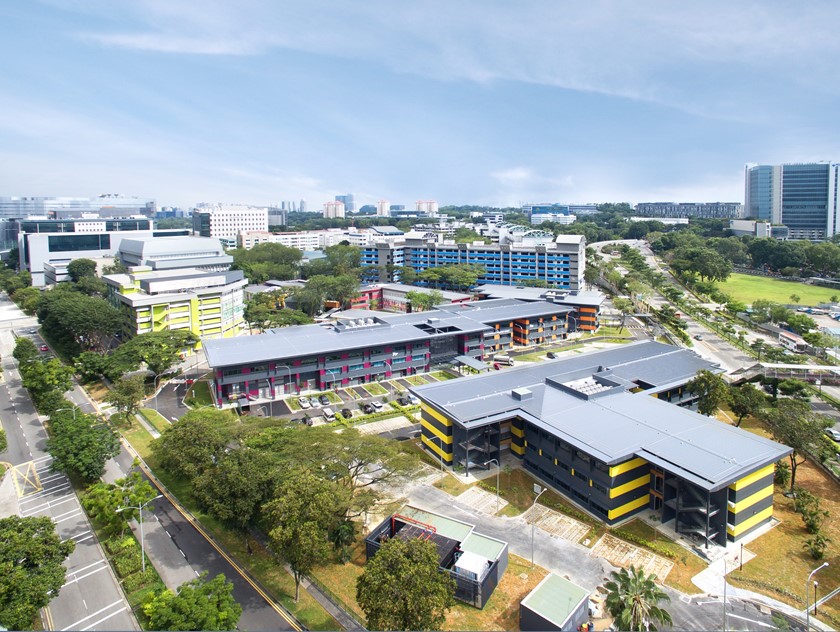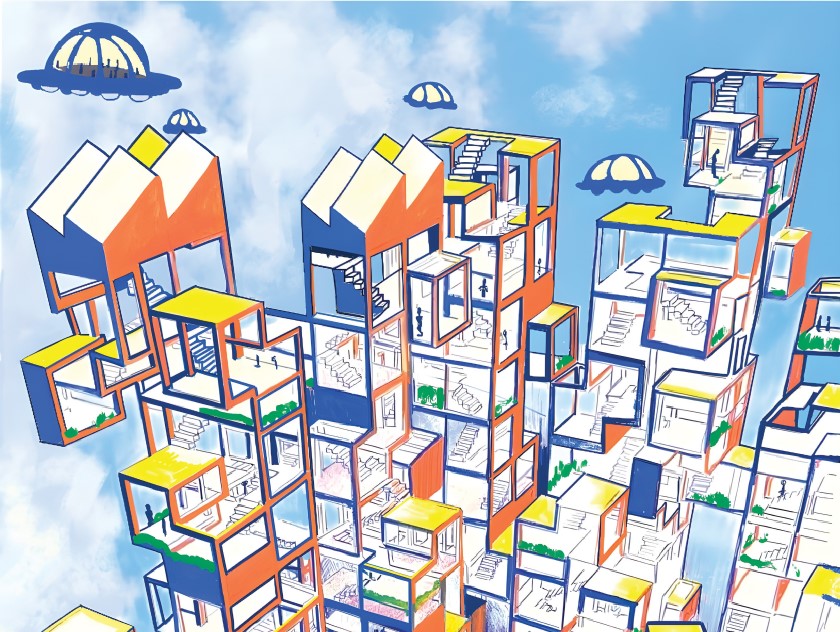The development of a pedestrian overhead bridge at Jurong West marks a milestone in enhancing local infrastructure and community connectivity to advanced manufacturing hub Jurong Innovation District (JID). Spanning across the Pan-Island Expressway (PIE), the 110-metre-long, 8-metre-wide bridge provides direct access from Jurong West to key destinations in JID and Nanyang Technological University.
This vital link in the network not only promotes connectivity but also contributes to community well-being — the bridge enhances recreational opportunities, encouraging active mobility and supporting Singapore's car-lite strategy. It will have dedicated paths for walking and cycling, and bring avid cyclists to the Round Island Route Park Connector.
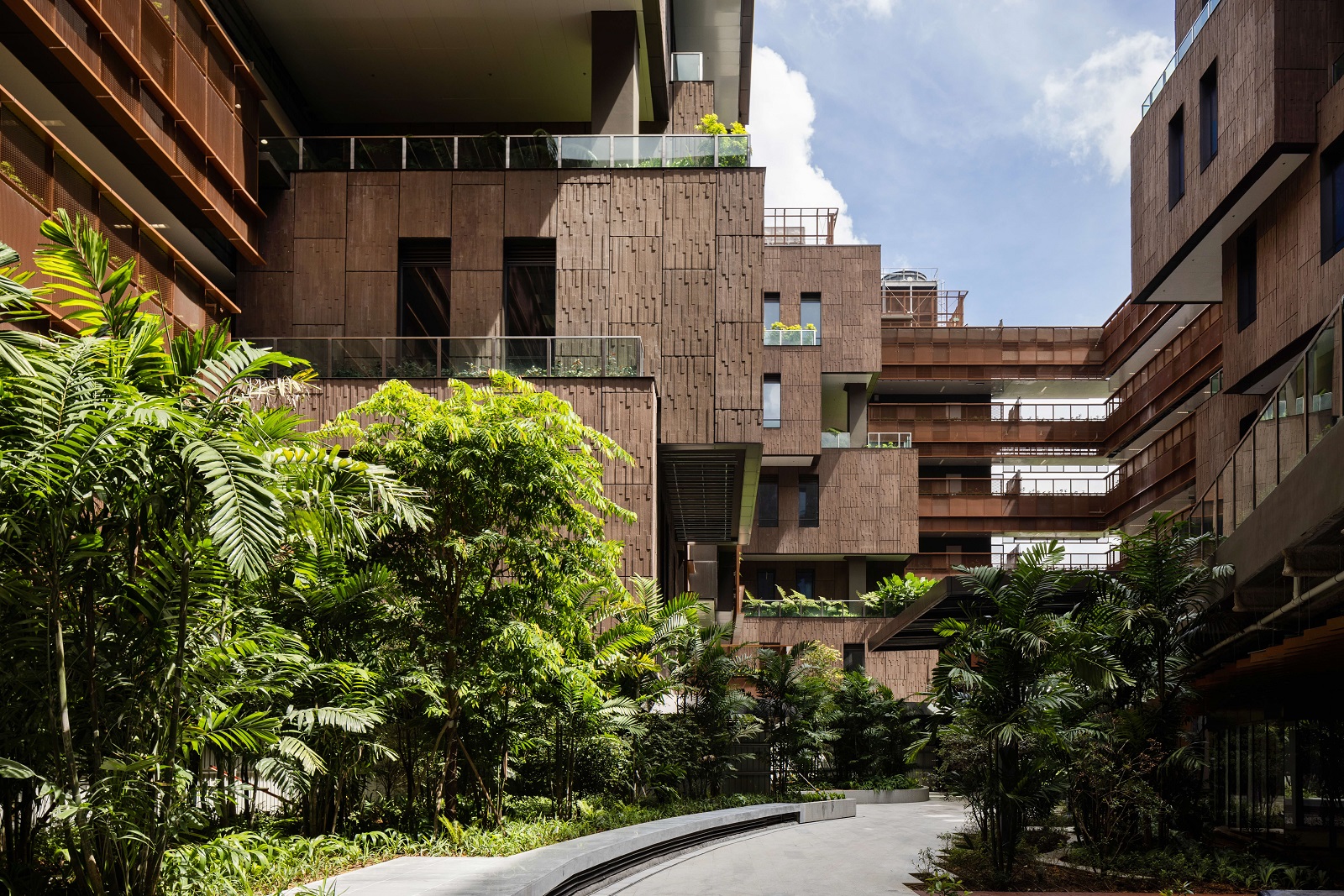
Slated for completion by end 2024, this undertaking by JTC also reflects the organisation's commitment to creating sustainable, vibrant, and well-connected communities that prioritise economic growth and quality of life. Wilkie Teh, principal project manager at JTC’s New Estates Division, shares some insights to the construction of the bridge.
Planning for connectivity is a collaborative and meticulous process
“The planning phase for the pedestrian overhead bridge at Jurong West was a collaborative and meticulous process that spanned several years,” Teh recalls. Initiated as part of the JID master plan in 2015, the project aimed to enhance connectivity between key areas such as JID’s CleanTech Park, NTU, and Jurong West.
The detailed design phase commenced in 2018 with the involvement of consultants Surbana Jurong, marking the beginning of the bridge's structural and functional development. “Throughout the planning and design stages, there were extensive engagement with authorities such as the Land Transport Authority and the National Parks Board,” he adds. “We also never stopped our engagements with stakeholders including town councils and neighbouring construction contractors.”
To enhance safety and efficiency, the teams tapped into innovations in construction technology
JTC employed several innovative technologies to enhance efficiency and safety. For example, the main body of the bridge was assembled using six precast segments. “This approach improved efficiency, ensured quality control, and minimised on-site disruption compared to conventional in-situ methods,” Teh offers.
This approach, however, posed challenges. “We needed to make sure that the large and heavy segments were sectioned in appropriate sizes and weights so that each one of them can be installed with locally available, heady-duty mobile cranes,” he says. At times, multiple cranes were used for tandem lifting during the installation of the bridge segments, creating the impression of a "tango dance" throughout the entire operation.
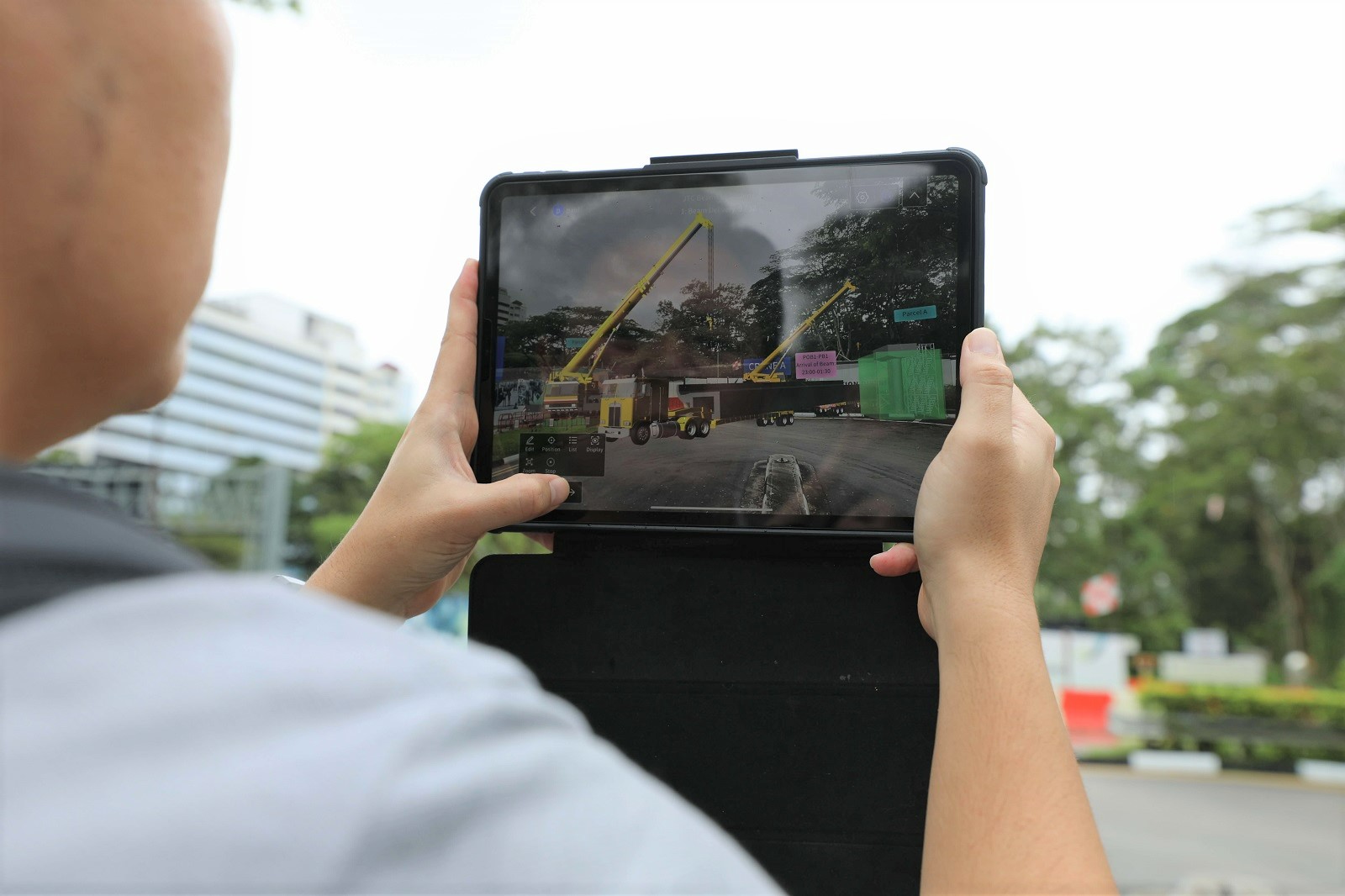
Furthermore, digital twin simulations were utilised for better planning and safer execution, providing visual understanding of complex launching operations. These proved useful during presentations, tabletop exercises, and workers' training.
Prioritising safety involved the implementation of comprehensive measures
Safety remained paramount throughout the project execution phase, with comprehensive measures implemented before, during, and after construction. “We only had a limited time to lift the precast bridge segments and put them in place,” Teh says. “There was no room for error.”
The team carried out thorough risk assessments to identify hazards such as site constraints, leading to the implementation of mitigation strategies and additional monitoring instruments.
Extensive safety training and continuous education ensured awareness and compliance with safety protocols and guidelines. Moreover, emergency response plans were developed to address potential accidents, machinery breakdowns, and medical emergencies. Post-project reviews were conducted after each launch to evaluate the effectiveness of safety measures and encourage continuous improvement, emphasising the proactive approach to safeguarding workers' well-being, public safety, and the environment.
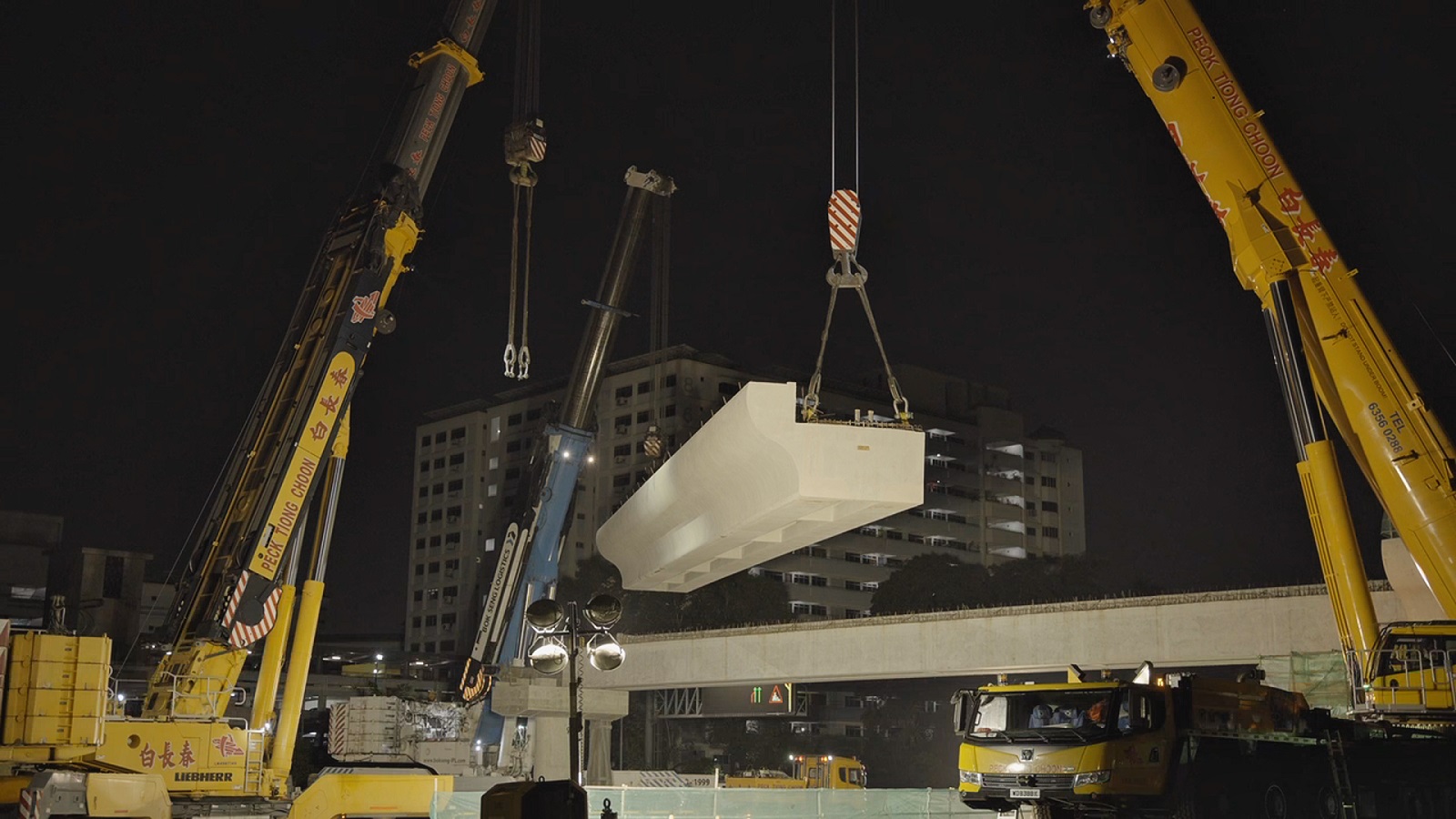
The key to a successful project delivery? Collaborative partnerships
The precast bridge segments were installed over the PIE successfully during the wee hours over four nights in March and April 2024. “Without the support from our stakeholders, we wouldn’t be able to execute our plans smoothly and efficiently,” Teh notes.
For example, the multi-disciplinary consultant team, led by Surbana Jurong, provided expertise in planning and design, ensuring compliance with prevailing design codes and safety standards. The main contractor, Hong Shin Builders, oversaw the entire construction process, working closely with subcontractors for specialised services such as heavy-duty lifting operations and the precasting of bridge segments.
Collaboration with LTA facilitated approvals for traffic diversion, EMAS relocations, road closures, and works within the live expressway. Teh adds: “We also kept our local community informed as much as possible.” Feedback channels were established to address public concerns 24/7, reflecting the team’s commitment to minimise disruptions during construction and road closures.
A hub where work, live, play, and learn thrive
The full completion of the bridge will mark another step towards JID becoming an advanced manufacturing hub that prioritises vibrant, well-connected spaces for the community. Teh adds: “We hope the bridge will benefit residents, workers, and students alike, who will find it easier to head into the district and enjoy some of the parks and communal spaces.”
